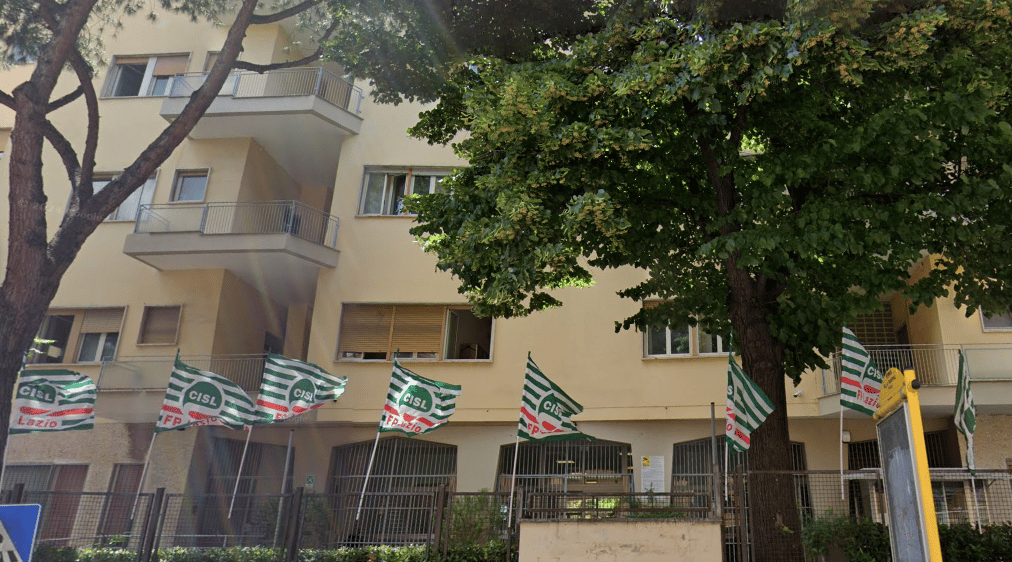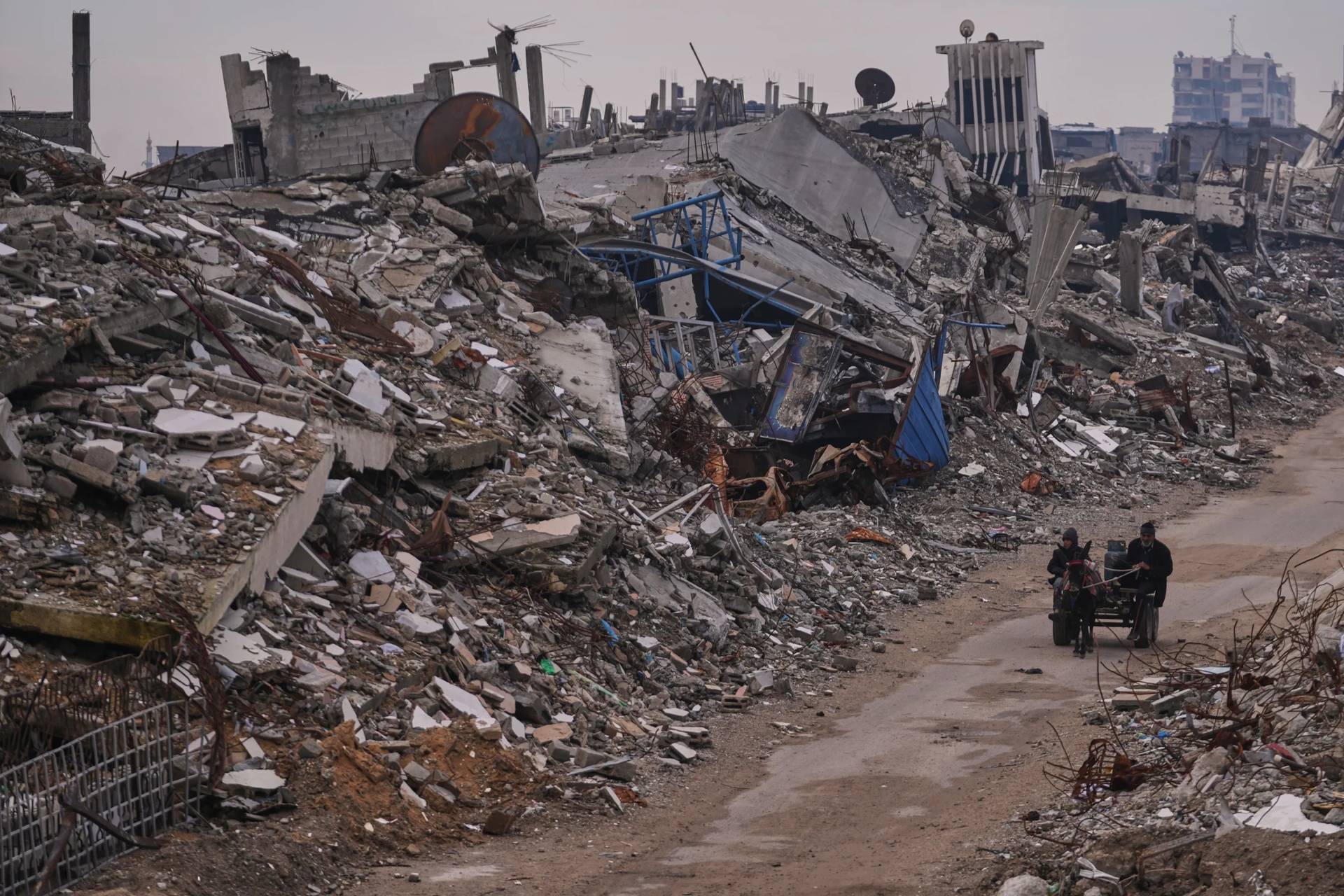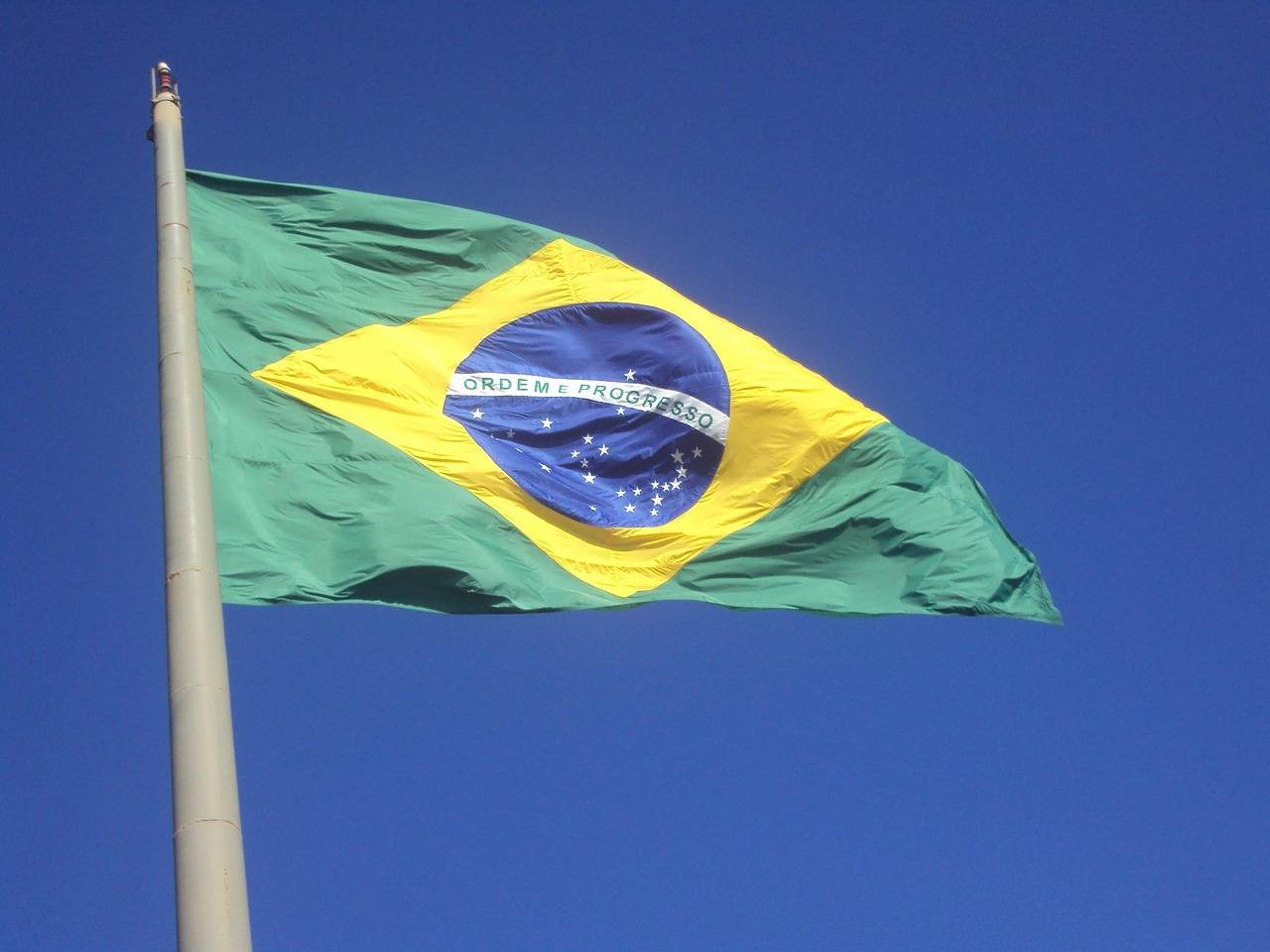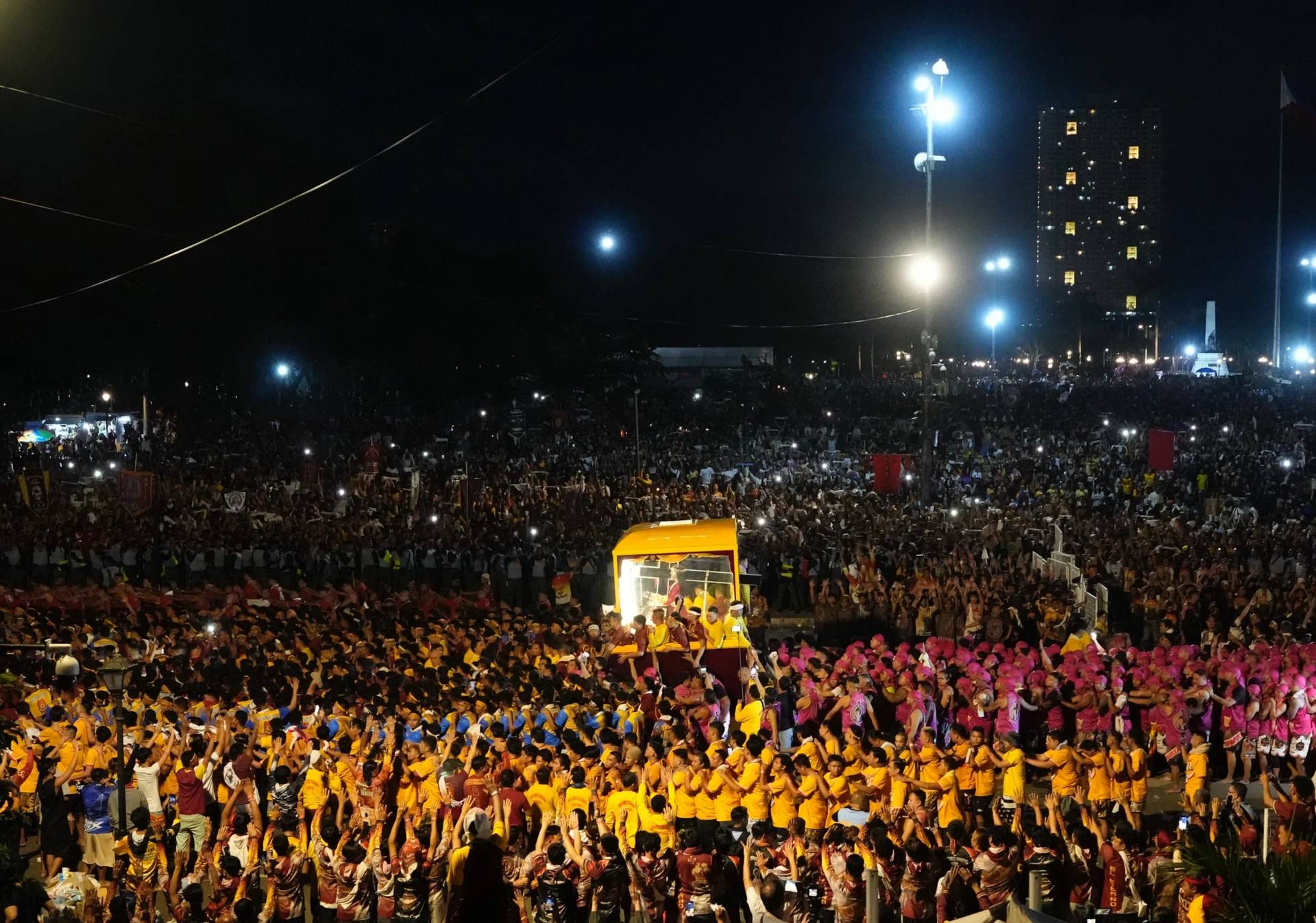ROME – During the Vatican’s recent “trial of the century,” which pivoted on the star-crossed $400 million purchase of a former Harrod’s warehouse in London, the principal accusation against the ten defendants was that they had fleeced the Vatican, eventually causing losses north of $200 million.
Now another recent Vatican real estate transaction has come to light, in which, if anything, the charge is that it’s the one doing the fleecing.
The deal involves the acquisition of three properties in the upscale Roman neighborhood of Monteverde, near the fabled Villa Doria Pamphili. One of the structures used to be the headquarters of the Province of Rome, while another was part of the province’s library system and the third housed a private clinic.
In theory the properties were purchased in order to facilitate an expansion of the papally-sponsored pediatric hospital Bambino Gesù, although for now they remain vacant, with their future seemingly up in the air.
The two principal properties reportedly were sold by the province to the Vatican for around $45 million – representing a price of $1500 per square meter, when the median price for real estate in central Rome in June was $3700 per square meter, or two and a half times more.
The suggestion is that Roman authorities sold the properties on the cheap in part in order to support the work of Bambino Gesù, but for now it remains unclear if that’s actually the use to which they’ll eventually be put.
Part of the problem, according to a report by Roma Today, an online news site, is that while the properties acquired by the Vatican were no longer being used by the Province of Rome, they’re separated by a couple of public high schools on the same street, and unless the city is willing to shut down those schools and allow the Vatican to connect the two structures directly, they may prove unsuitable for the hospital’s use.
Public documents show the deal for two properties on Rome’s Via di Pamphili, and one on the nearby Via di Santa Maria Mediatrice, began in October 2016 when Bnp Paribas, a French bank that administered the holdings on behalf of the Province of Rome, announced a bidding process. In December the bank announced that since no satisfactory bids had been received, it was proceeding with a private sale.
Eventually, it was announced that the properties had been sold for the use of Bambino Gesù, although the actual purchasing agent was the Administration of the Patrimony of the Apostolic See (APSA), which is the Vatican’s principal financial department and controls its real estate holdings.
In June 2019, Italian Cardinal Pietro Parolin, the Vatican’s Secretary of State, wrote then-Prime Minister Giuseppe Conte to inform him that the Vatican intended to extend extra-territorial status to the three properties, meaning they would become part of the Vatican’s sovereign territory, by December 2024.
For now, according to the Roma Today report, plans call for the property at Via di Pamphili 100 to become the new administrative headquarters for Bambino Gesù, though that’s unlikely to occupy the whole of the five-floor structure, with the future of the other two properties undetermined.
In the meantime, an Italian citizens’ group has launched a protest against what they claim is a sweetheart deal to cede public properties to the Vatican, which, they say, may or may not eventually be used to deliver the health care upon which the terms of the sale were based.
The uncertainly surrounding the three buildings is unfolding at the same time the Vatican is also reportedly negotiating the purchase of Rome’s sprawling former Carlo Forlanini Hospital, which was closed in 2015, Its campus extends over 70 acres and, at its peak, featured more than 4,000 bed spaces.
According to the Roma Today report, the Forlanini complex may be sold to the Vatican by public authorities for around $77 million, a price it described as “trifling” given the potential market value of the property. On the other hand, the president of the Bambino Gesù Foundation, Tiziano Onesti, has estimated it would cost around $500 million in repairs and updates in order to render the facility usable.
That potential transaction has also drawn protests from various grassroots groups, including the “Coordination of Committees, Associations and Citizens for Forlanini Common Good,” which objects to transferring a public facility into private hands, warning that one consequence would be that the primary provider of pediatric care in Italy’s capital city would become a hospital owned by a foreign state.
There’s also concern that an expanded Bambino Gesù could end up as a competitor to the nearby public hospital of San Camillo, rendering its future uncertain.
In the meantime, another non-profit group called “The Phoenix Committee,” originally launched to press the Region of Lazio, which includes Rome, to boost its investment in preventing and treating female cancers, has proposed that the deal with the Vatican be scrapped and the Forlanini complex be used instead to create a new “Mediterranean University.”
According to the proposal, the idea would be to train future health care workers from Africa, allowing them to serve internships and rotations at San Camillo, before they return to their home countries.














